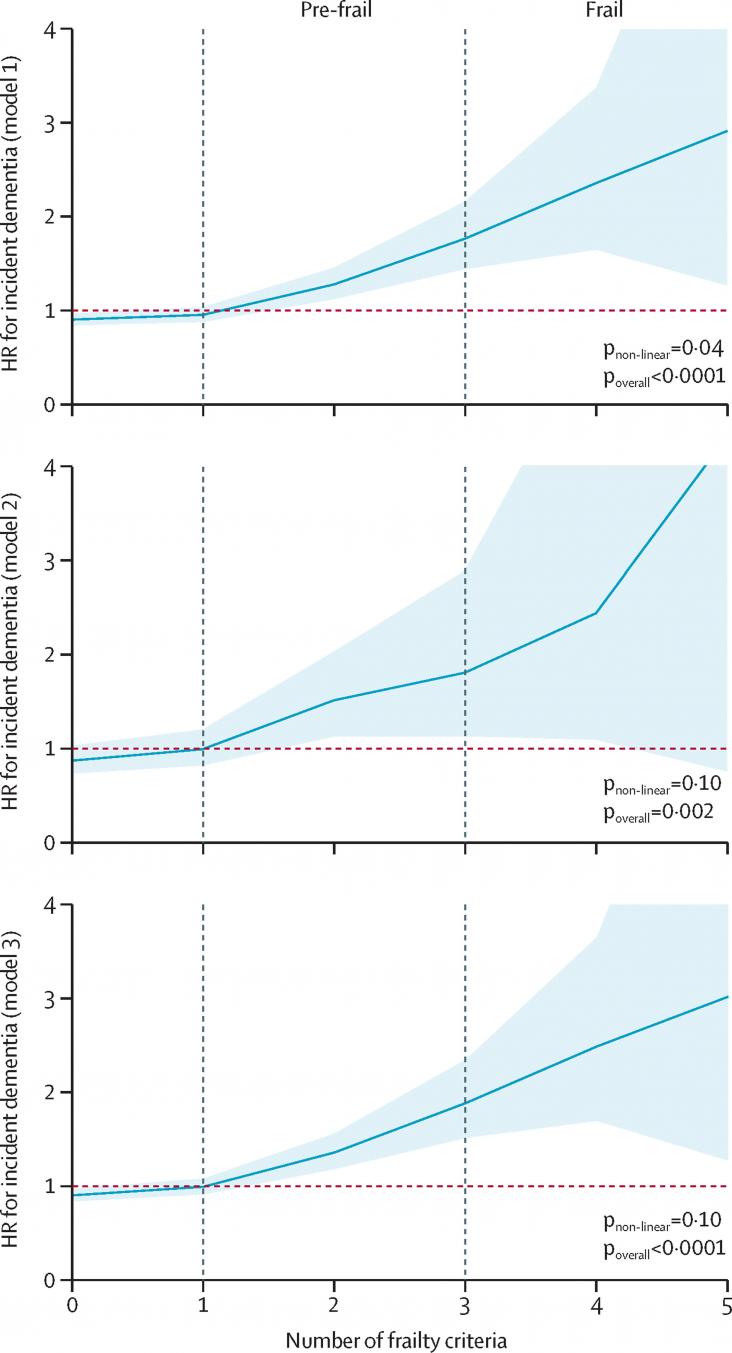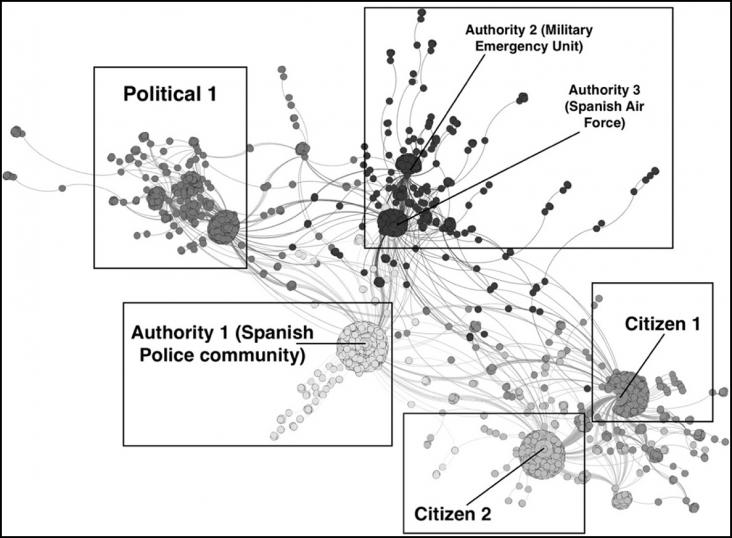Objectives: This study examines the association between oral health and food avoidance among older adults in the United States.

Meat consumption has been increasing since the 1960s, but especially from the 1980s decade to today.
Background: 3 billion people worldwide rely on polluting fuels and technologies for domestic cooking and heating.
A Viewpoint on recovering from the COVID-19 pandemic, in the context of SDGs 3, 5, and 10, focusing specifically on the benefits of investing in maternal, neonatal, and child health domains, including nutrition.
Elsevier,
Global Food Security,
Volume 27,
2020,
100442,
ISSN 2211-9124,
https://doi.org/10.1016/j.gfs.2020.100442.
This paper provides an overview of children and adolescents’ diet. Food systems need to be redesigned to improve diet quality in children 0-19 years in order to address the multiple burdens of malnutrition. Data systems also need to be strengthened to track data quality among children. This article advances knowledge on SDG 2 and 3.

An article on dementia incidence, in the context of SDG 3, focusing specifically on the association between physical frailty and all-cause dementia in the UK.
This article supports SDG 2, SDG 3 and SDG 15 by highlighting the win-win solutions for national parks to both protect nature and improve local people's wellbeing.
Partner content
Global CitizenGlobal Citizen, 26th October 2020
COVID-19 testing in Africa has so far been limited to larger cities because of how the tests are conducted, which means that it is far more difficult to test those in remote and rural areas where there are higher rates of poverty. The United Nations’ Global Goal 3 promotes good health and well-being for all, and this can only be achieved if all people in all places have access to health care and virus testing.

Social media assemble multiple users' interactions across singular events. Authorities need to navigate this diversity to effectively communicate and promote collaborative strategies.
